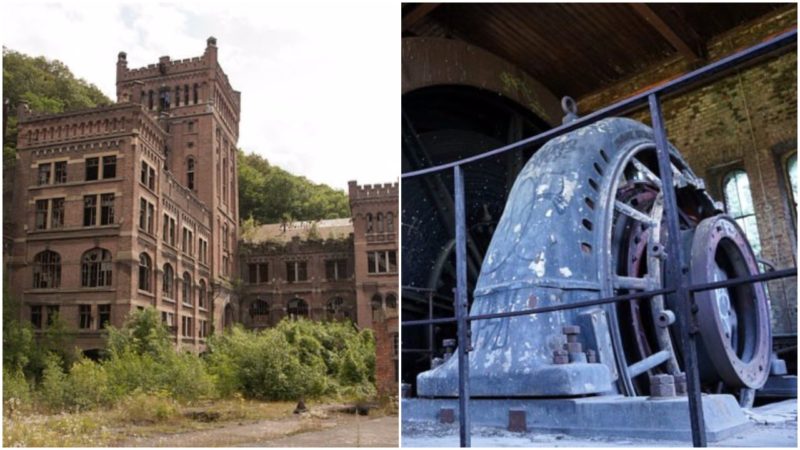It was once the main colliery of Société Anonyme des Charbonnages du Hasard. This coal mine that goes by the name of Hasard de Cheratte is located in Cheratte, a part of the Belgian town of Visé. The first well ever dug in this mine was in 1850 and its purpose was to extract dice coal.
The first shaft was dug to a depth of 250 meters. After the engineers reviewed the mine, they noticed that the coal was located deeper than previously thought, so they continued to dig until they reached the coal at a depth of 420 meters.
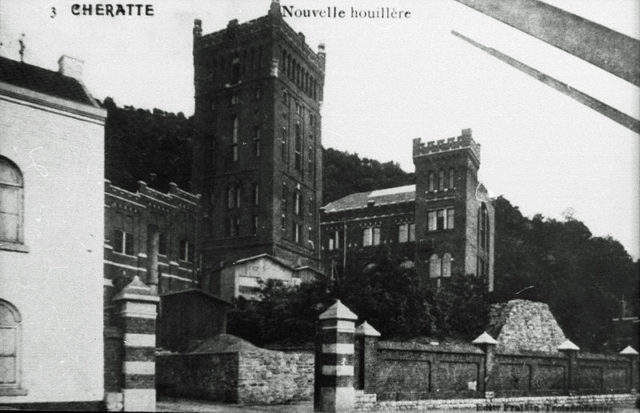
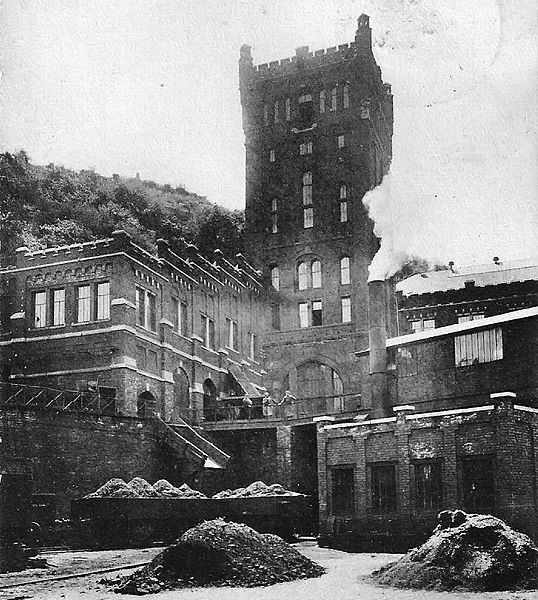
The next move the mining company made was to build the first-ever headframe in Belgium. The head frame was equipped with an extraction machine and motors using direct current, the innovative process created by Thomas Edison.
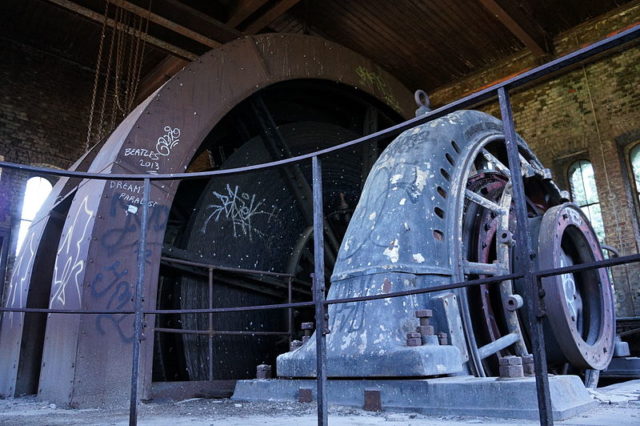
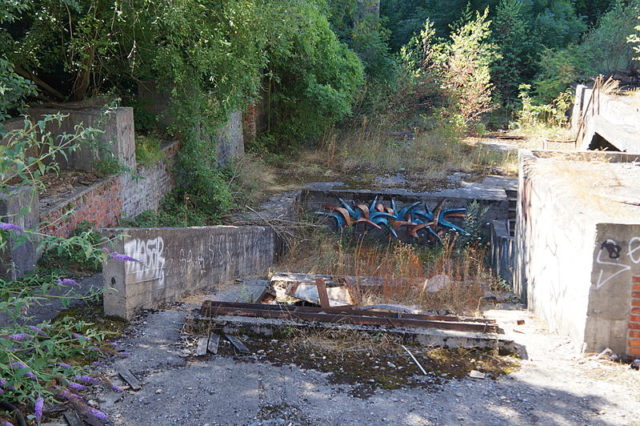
It was the Beer de Jemeppe company that built the washhouse in 1920, together with the second extraction mine. Later in 1927, the mine was equipped with a little tower that was made of reinforced concrete and had a low power winch. Its purpose was simple; to bring the tailings back to the surface.
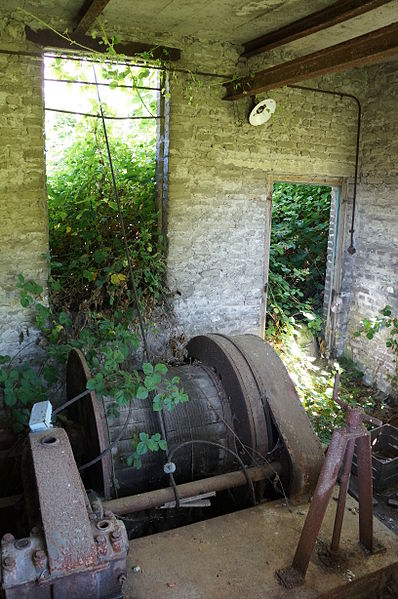
During the period between 1927 and 1947, the third mine and headframe were built. This third mine reached a depth of 313 meters in 1938, but it took until 1953 before it was even operational. After initial improvements on its workings, that mine was able to reach a depth of 480 meters.
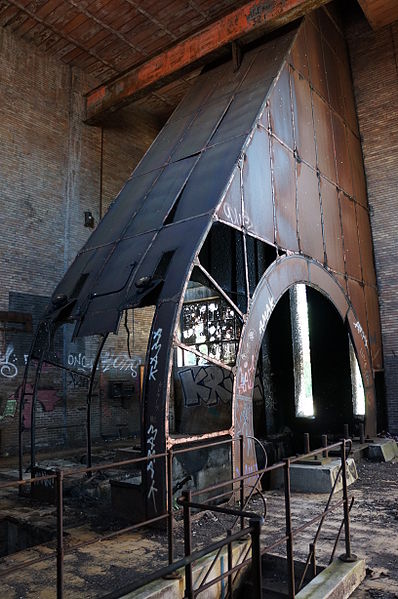
After the first mine ran out of resources, it was quickly converted to a rescue mine and so the building that housed this mine was repurposed and became a place for the showers and cloakrooms. The next to be closed was mine n° 2, which was completely sealed off in the 1930s.
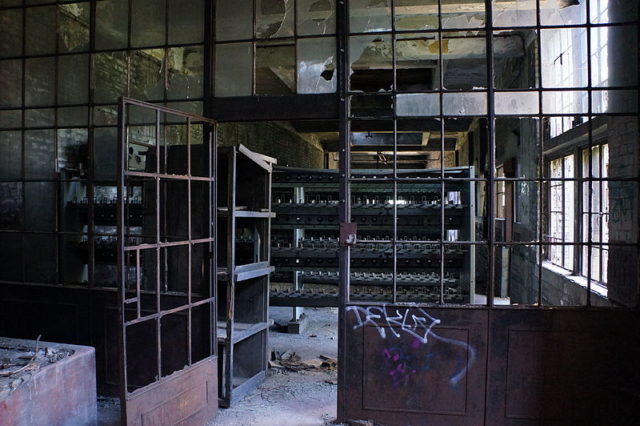
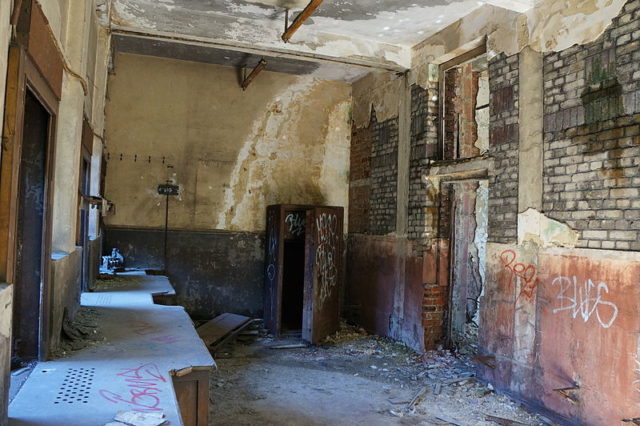
During its peak, the mine employed around 1,500 miners, yet towards the brink of closure, the number of working miners fell to a mere 600. The mine was officially closed on October 31, 1977.
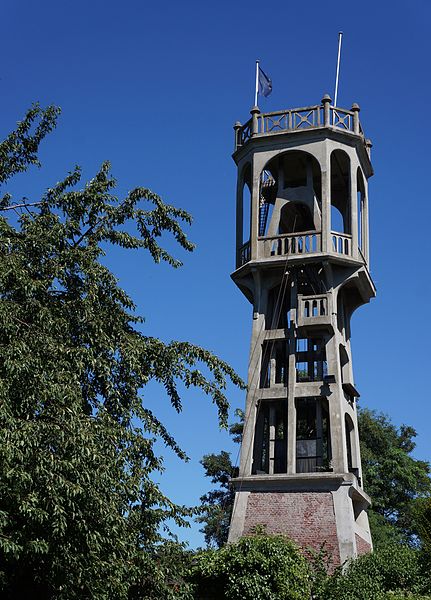
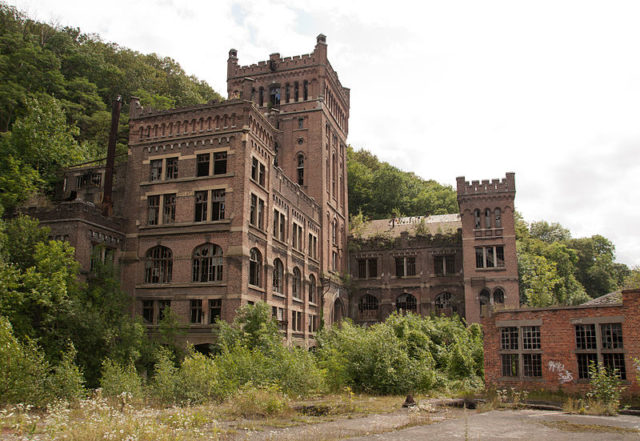
After the mine was shut down, it was purchased by Mr. Armand Lowie, a real estate developer. His idea was to dismantle the mine, however, the decrees made in 1978, 1982 and 1992 were more than enough to protect the mine. Today, the mine is best known for being a location for urbexing, sometimes known as roof-and-tunnel hacking, or more simply put, the exploration of man-made structures.
